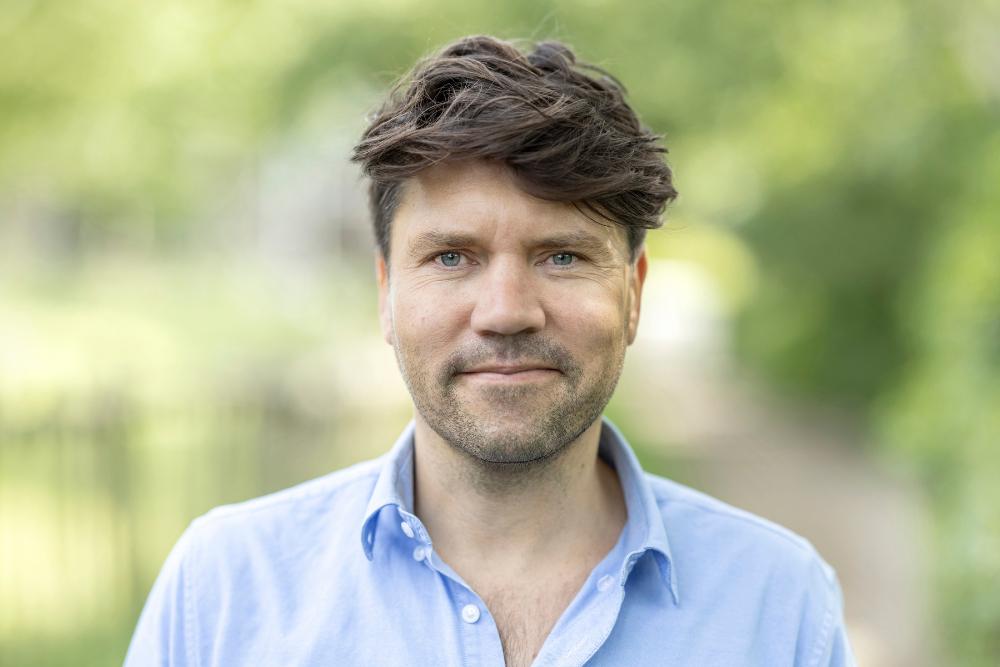Are you as tired of heavy traffic as we are? On average, half a million people are caught in a traffic jam every day. Despite the multitude of new road construction projects, the number of traffic jams continues to rise. So, are there any solutions? Traffic & transport economist Erik Verhoef, who researches and gives lectures on these kinds of problems, discusses 5 possible (economic) solutions for various traffic problems.
1. Driving on account and reward pilots:
‘The economy has taught us that price incentives let us influence people’s behaviour. In order to make sure that fewer people get stuck in traffic jams, you can use a system of rewards and penalties. If you avoid rush hour, you could get a financial reward, whereas driving during peak hours is penalised.’
2. Tradable peak permits:
‘The underlying idea is simple: every time someone drives on a certain road or in a certain area during rush hour, they use up a ‘permit’. Drivers are allocated a fixed number of permits and if they don’t use all of them (thus making fewer trips during peak hours), they’ll be able to sell their remaining permits. On the other hand, if they need to drive during peak hours more than their allocated rights allow, they’ll have to buy more.’
3. Sharing is caring:
‘Because almost everyone is an active internet user nowadays, the sharing economy is coming closer. Services such as Uber and Car2Go are two great examples that make it very easy to share cars as a service and a product. I think that more and more people will start to realise that owning a car comes with high fixed costs, which, in the case of shared cars, are divided over many more people.’
4. Autonomous vehicles:
‘I still have my doubts about this solution. The idea is that autonomous vehicles would improve traffic flow, but it also has some clear disadvantages. Who do we hold responsible for accidents, for instance? The car manufacturer or the driver? And if cars automatically stop for cyclists, wouldn’t this mean that a never-ending stream of cyclists could keep crossing the road? The idea that autonomous vehicles will solve all our problems for us is far too naive for me.’
5. Bicycle highways:
‘We’re learning how good and healthy it is to use your bike and we’re doing it more and more often. As a result, cycling paths are filling up, leading to bike congestion. Besides, the speed differences between bikes are increasing: Just compare an e-bike to a mother on a cargo bike, and you’ll have a good idea. These speed differences have started to lead to more accidents. We can see that there is increasing demand for solutions for the increasing number of cyclists in Amsterdam. You could consider financial incentives, but building bicycle highways is also an option, as this lets you make better use of the benefits of high-speed cycling whilst also increasing safety.’
Eric Verhoef mainly hopes that we’ll be able to take steps towards new bicycle highways in the near future and thinks that ‘we’ll also be hearing more about tradable peak permits soon, at least I hope we will. The most important thing is that governments and authorities find the courage to think about new things and create space for these kinds of smart solutions.’






